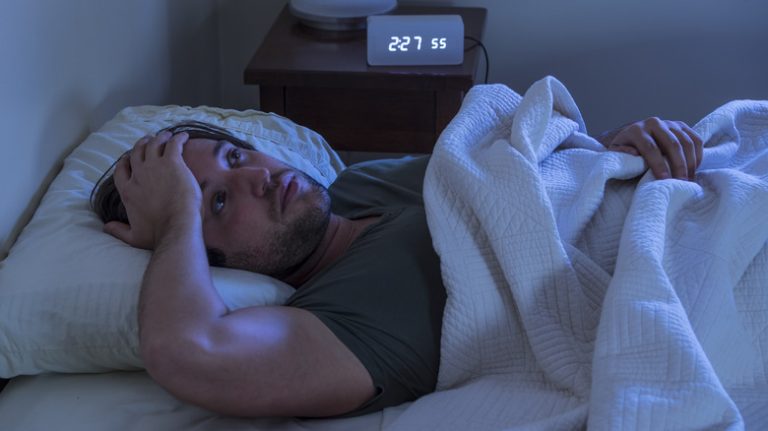As you close your eyes and your head hits the pillow for a good nights’ rest, have you ever wondered what’s going on behind your eyelids? Our eyes are indeed busy interpreting visual stimuli throughout the day (via University of Minnesota Libraries). But come nighttime, can our eyes still see in the same way as when we’re awake? And if so, what do they see?
Although operating to a lesser degree than they usually would during the daytime, our eyes are still at work during the night, according to True Eye Experts. This is why we’re still able to detect light even through our closed eyelids. However, the communication function of our eyes is turned off while we’re asleep, meaning our eyes are no longer sending visual information to the brain, which is why it often takes a few moments for our eyes to register what we see in front of us immediately upon waking up.
So if our eyes aren’t fully snoozing but not fully functioning either, what exactly are they doing while we’re fast asleep?
Our eyes move more quickly during REM sleep

While snoozing, humans cycle through various stages of sleep, the first four of which are considered non-rapid eye movement (NREM) sleep before entering into REM sleep, according to True Eye Experts. REM sleep, otherwise known as rapid eye movement sleep, occupies roughly 20% to 25% of the average adult’s sleep cycle (via Science Focus). It’s during this time that our pupils contract and our eyes dart around, which is why you may notice your sleeping partner’s eyelids making quick fluttering motions during deep sleep (per Vision Associates).
Although our eyes are moving during REM sleep, they focus on one area at a time, according to Vision Associates. Because dreaming occurs during REM sleep, scientists believe this may be the eyes’ attempt to focus on a single image seen while dreaming. Researchers believe the eyes may shift to a different dream “scene” when the eyes change direction (via Science Focus). According to Vision Associates, other researchers believe these rapid eye movements may be related to a different function altogether. Some suggest it’s the eyes’ way of toning its muscles to stay strong, while others believe it’s a byproduct of our brain’s memory encoding process.

